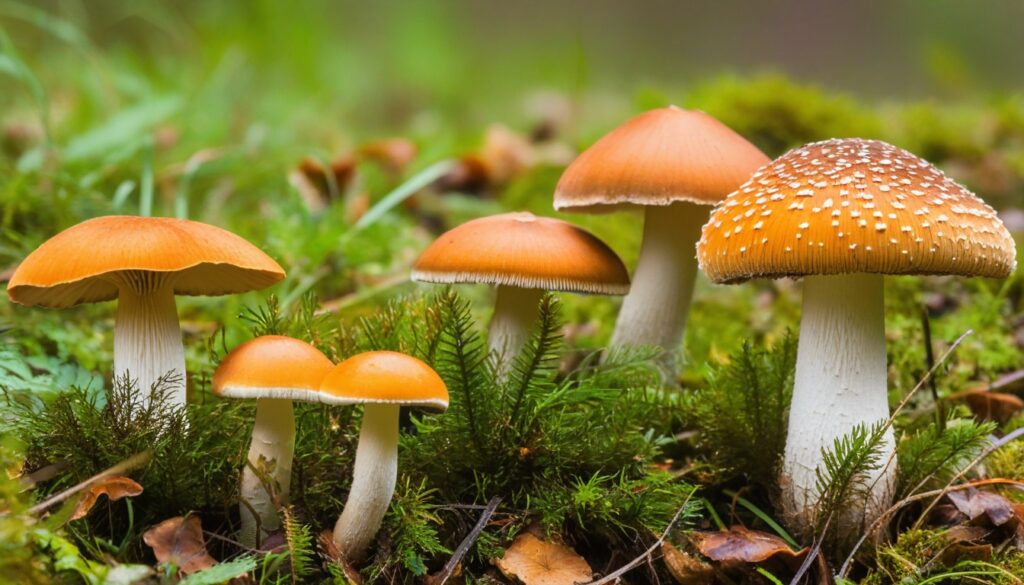Are you curious about the mushrooms that grow beneath our feet? New York State is home to a diverse array of mushroom species, each with its unique characteristics, ecological roles, and culinary uses.
In this article, we’ll guide you through an exploration of common mushrooms found in New York State. You’ll learn how to identify them, forage safely, and appreciate their ecological significance. Whether you’re a seasoned forager or a curious beginner, this article has something to offer. So, let’s dive in and discover the fungal wonders of New York State!
Key Takeaways:
- Learn about common mushroom species found in New York State
- Obtain identification tips and foraging advice
- Discover their unique ecological roles in the environment
- Explore their culinary uses
- Understand the importance of safe and ethical foraging practices
Getting to Know New York’s Mushroom Diversity
Did you know that New York State is home to a diverse range of mushroom species? Before we dive into the details of specific mushrooms, let’s take a broader look at the rich and varied world of fungi that can be found here.
Mushroom Habitat in New York State
New York’s diverse climate and geography boast different ecosystems, allowing mushrooms to thrive in diverse environments. You can find mushrooms living in forests, wetlands, pastures, and other such habitats – each supporting unique species of fungi.
Ecological Role of Mushrooms in the Ecosystem
Mushrooms play an important ecological role in New York State’s ecosystems, as they act as decomposers and break down organic matter like dead plants and animals. They are also important to the survival of many plant species, forming symbiotic relationships with roots to help them absorb water and nutrients.
Factors Contributing to Mushroom Diversity in New York State
Several factors contribute to the impressive fungal diversity in New York State, including the varying geology, microclimates, and vegetation of different regions. Additionally, human activity can play a role in shaping the fungal community, for example, through land use practices like clearing forests or introducing non-native species via human travel or agricultural plantings.
Summary
Overall, New York’s mushroom diversity is a testament to the fascinating complexity of ecosystems, and understanding this diversity is essential to identifying specific mushroom species. Our exploration of the various habitats and ecological roles of mushrooms in New York State sets the stage for more in-depth study of specific mushroom species and their properties.
Identifying Common Mushrooms
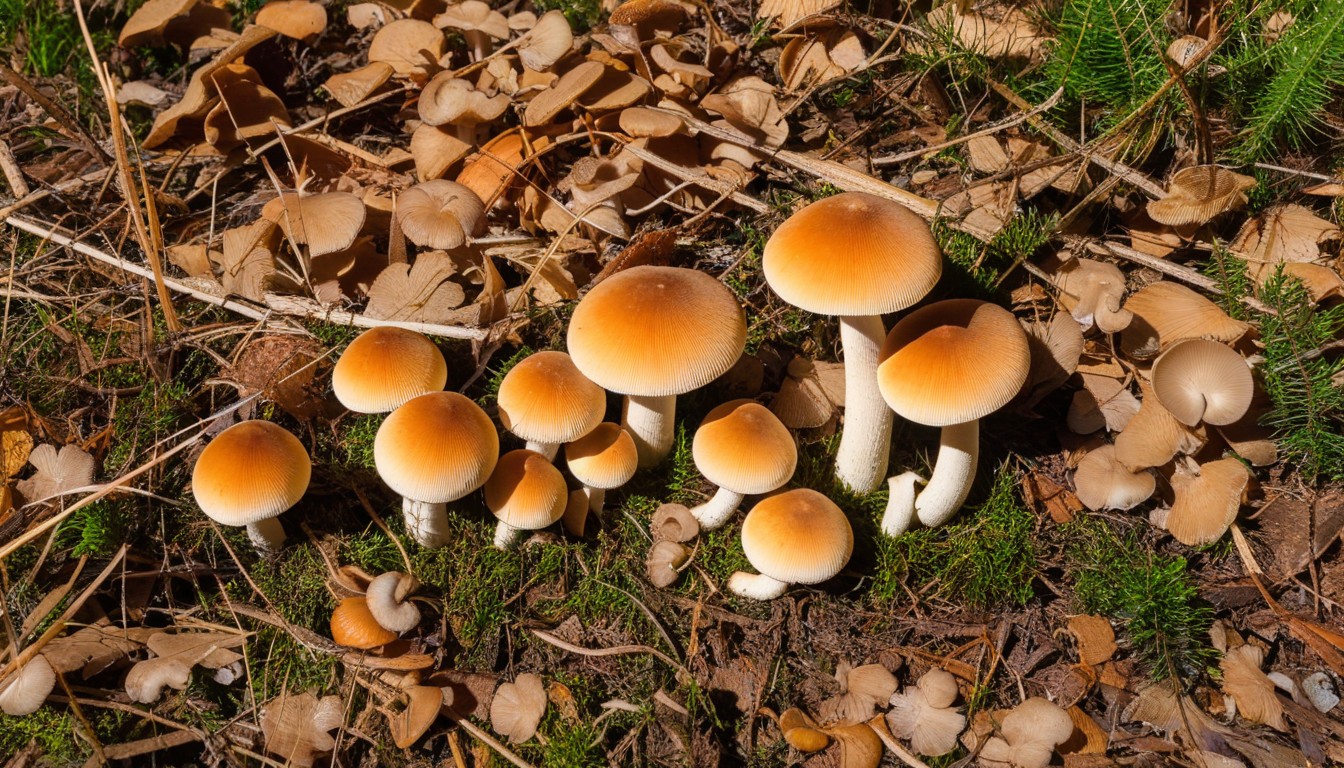
If you want to start foraging for mushrooms, it’s important to learn how to identify them correctly to avoid picking toxic species. Here, we’ll discuss the common mushroom characteristics that will help you confidently identify mushrooms in New York State.
Cap Shape
The shape, size, and color of a mushroom’s cap can provide helpful information for identification. Caps come in various shapes, from convex to flat to funnel-shaped. Some species feature caps with distinctive marks or textures, like ridges or scales. For example, the Chanterelle mushroom has a wavy cap with a yellow-orange color.
Gill Structure
Gills are the thin, vertical blades that radiate from the stem’s center under the mushroom cap. The color and structure of the gills can aid identification. For instance, the Porcini mushroom has a white stem and brown, forked gills that extend downwards.
Stalk Features
A mushroom’s stalk, or stem, can also help with identification. Some species have thick, fleshy stalks, while others may feature thin, wiry ones. The base of the stalk can provide critical information and help distinguish between similar species. For example, the Shaggy Mane mushroom has a thin stalk with a bulbous base.
Other Distinguishing Traits
Other features that can help identify common mushrooms include the presence of rings, volvas (cups at the base of the stem), or unique smells or tastes. Some species also have distinguishing features like a slimy texture or a brittle consistency.
Overall, the key to identifying mushrooms is to be observant and look for unique characteristics that distinguish one species from another. We don’t recommend solely relying on pictures or descriptions in a book but combining different sources for accuracy. Before you start foraging mushrooms, attend a walk or class given by a reputable source.
Foraging Tips and Safety Precautions
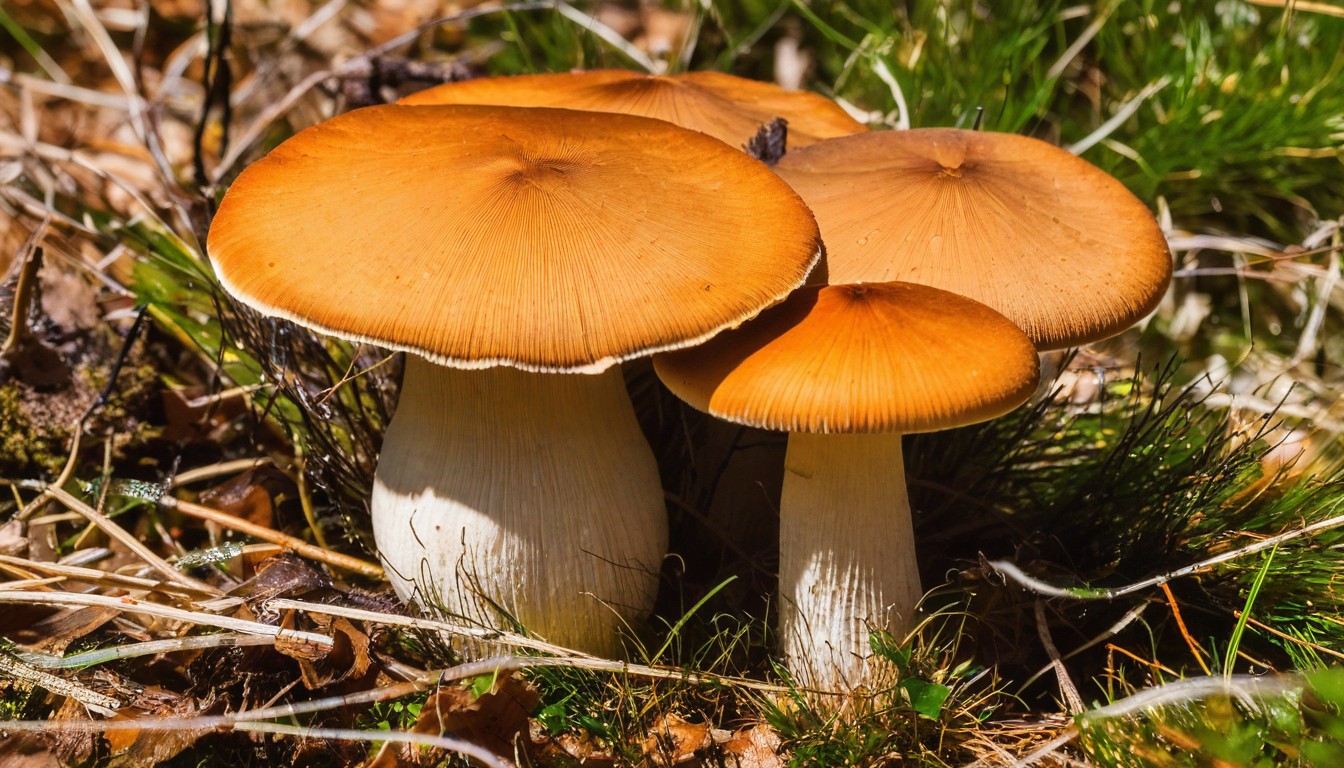
Foraging for mushrooms is an exciting activity that requires proper safety precautions to prevent accidents. As you plan your foraging excursion, ensure that you adhere to ethical practices that prioritize environmental sustainability and safety for all involved.
Where and When to Forage
- Begin your foraging experience in a location you are familiar with to avoid getting lost.
- Forage during daylight hours, preferably in the morning.
- Check local regulations to ensure that foraging is permitted in the area you plan to visit.
- Be mindful of private property and avoid foraging without permission.
Harvesting Techniques
- Use a knife to cut the mushroom carefully at the stem to protect the roots and promote future growth.
- Avoid pulling the mushroom from the ground or rocks as this could damage the roots or the environment.
- Avoid picking mushrooms that are small or haven’t fully formed as they may not be mature enough to consume
- Always use a basket or cloth bag instead of plastic bags, which will trap moisture and hasten spoilage.
Safety Precautions
- Always carry a first aid kit and a whistle in case of injury or an emergency.
- Avoid foraging near roads, polluted areas, and toxic waste sites as these areas may pose health hazards.
- Wear protective clothing and carry insect repellent, sunscreen, and adequate water and snacks.
- Thoroughly clean and cook the mushrooms before consumption.
By following these tips, you are guaranteed to have a safe and enjoyable foraging experience. Additionally, as a responsible forager, you can help preserve mushroom habitats and maintain a balanced ecosystem for future generations.
Edible Common Mushrooms in New York State
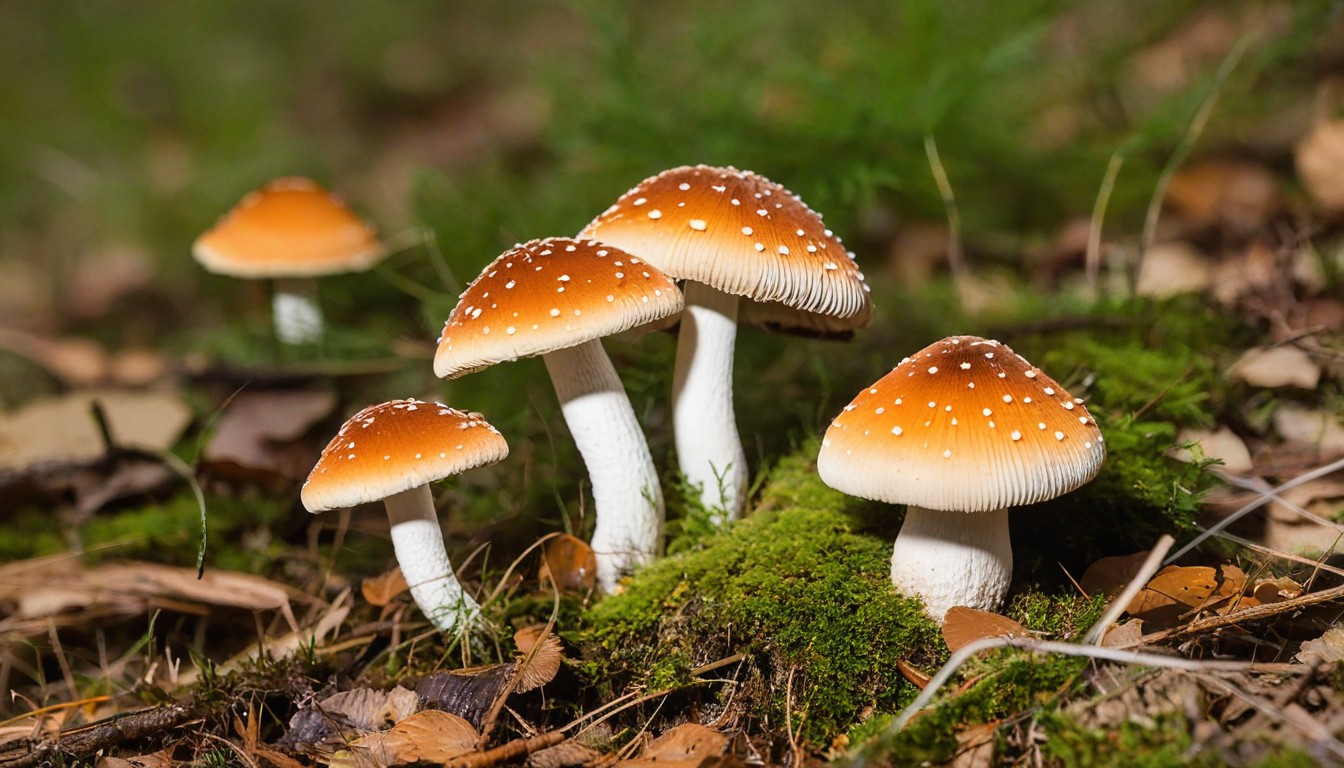
New York State is home to many common mushrooms that are not only fascinating but delicious too. Their versatility in cooking and unique flavor profiles make them an excellent addition to many dishes. Here are some of the most popular edible mushroom species that can be found throughout the state:
|
Mushroom Species |
Culinary Uses |
Flavor Profile |
|---|---|---|
|
Chanterelle (Cantharellus cibarius) |
Great in eggs, pasta, and other savory dishes |
Buttery, nutty, and slightly sweet |
|
Hen of the Woods (Grifola frondosa) |
Perfect for roasting, grilling, or stir-fry dishes |
Earthy and pungent with a meaty texture |
|
Morel (Morchella spp.) |
Best in sauces, soups, and risottos |
Nutty and meaty with a smoky aroma |
|
Oyster (Pleurotus spp.) |
Great in stir-fries, risottos, and soups |
Slightly sweet, with a velvety texture |
|
Porcini (Boletus spp.) |
Excellent in pasta dishes, soups, and stews |
Earthy, nutty, and meaty with a smooth texture |
It’s essential to keep in mind that certain mushrooms have poisonous look-alikes, so always be sure that you have identified your mushroom correctly before consumption. Moreover, some mushrooms can cause allergic reactions in some individuals, so start with a small portion if trying a new mushroom species. Proper cooking is essential to prevent any foodborne illnesses, so following suitable cooking precautions is necessary. Elevate your culinary experience with these delicious edible mushroom species found in New York State!
Poisonous and Toxic Mushrooms to Avoid
While foraging for mushrooms can be a thrilling experience, it’s essential to be aware of the potential dangers posed by poisonous mushrooms. In New York State, there are numerous species known for their toxic properties, several of which can be deadly if ingested. It’s critical to learn how to differentiate these toxic species from edible varieties to avoid potential harm.
Common Poisonous Mushrooms in New York State
The following table outlines some of the most common poisonous and toxic mushrooms found in New York State:
|
Mushroom Species |
Toxic Properties |
Potential Risks |
|---|---|---|
|
Death Cap (Amanita phalloides) |
Contains amatoxins that cause liver and kidney failure |
Deadly if ingested, symptoms may not appear for several hours |
|
Angel of Death (Amanita ocreata) |
Contains amatoxins that affect the liver and cause gastrointestinal distress |
Deadly if ingested, symptoms may not appear for several hours |
|
Jimsonweed (Datura stramonium) |
Contains tropane alkaloids that cause hallucinations, seizures, and respiratory issues |
Can be deadly if ingested in large quantities |
|
False Morels (Gyromitra esculenta and others) |
Contains gyromitrin, a toxin that can cause liver damage and gastrointestinal distress |
Should be avoided as toxicity can vary depending on individual susceptibility and preparation methods |
It’s important to note that these are only a few of the many toxic mushroom species found in New York State. To ensure your safety when foraging, be sure to do extensive research, use reputable identification resources, and, if in doubt, avoid consuming any mushroom you can’t positively identify.
Remember to always follow recommended safety precautions when foraging for mushrooms and only consume species that you are confident are safe and edible. By staying informed and aware of the potential dangers, you can enjoy the unique and fascinating world of mushrooms safely and responsibly.
Medicinal Properties of Common Mushrooms
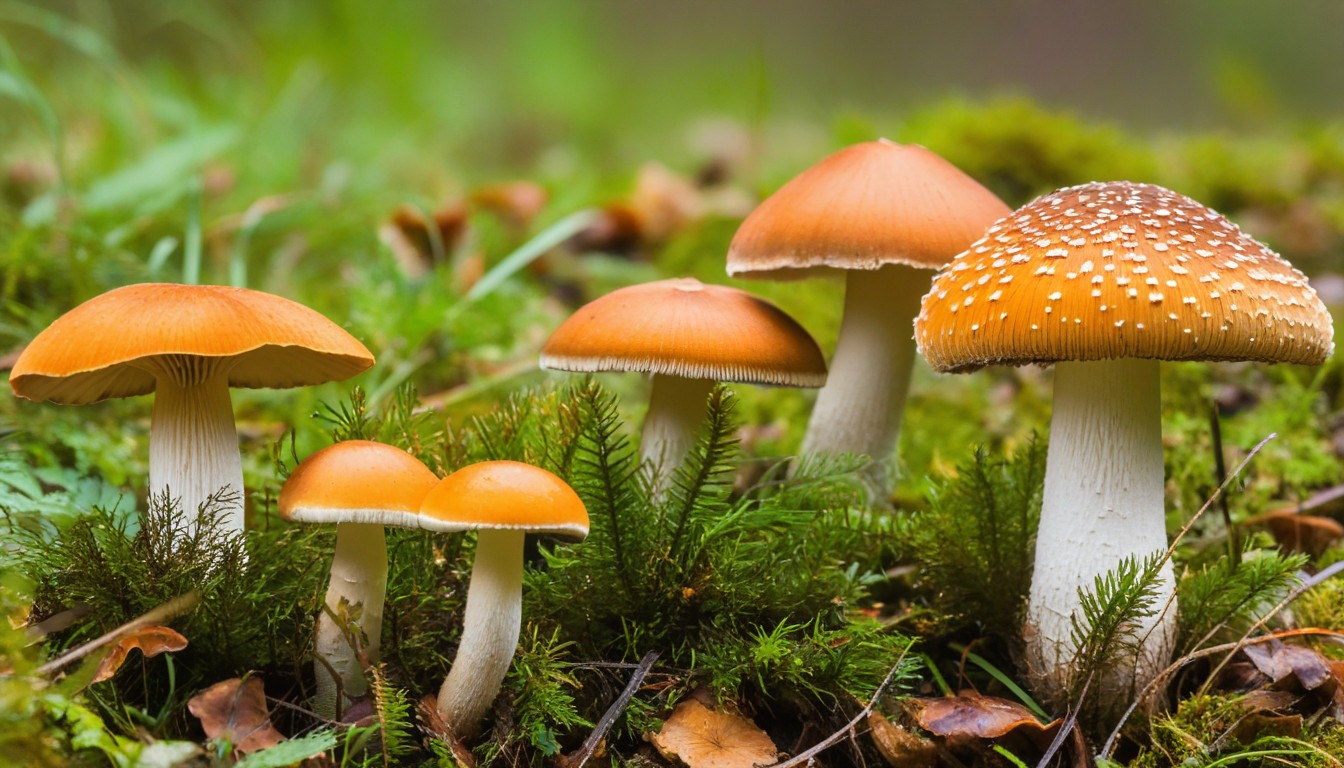
Apart from being delicious, common mushrooms found in New York State also have various medicinal properties that have been discovered over the years. Mushrooms such as the Reishi, Turkey Tail, and Chaga have been found to possess immune-boosting, anti-inflammatory, and antioxidant properties, making them highly beneficial to human health.
For instance, the Reishi mushroom is known to improve the immune system and reduce the risk of cancer, while the Turkey Tail mushroom has been studied for its role in fighting breast cancer and other diseases. Chaga mushrooms are known to contain significant amounts of antioxidants that prevent cellular damage caused by free radicals.
Research into the medicinal properties of mushrooms is still ongoing, but traditional uses of mushrooms in medical practices have been documented for centuries. Even today, many people incorporate mushroom extracts or supplements into their health regimen to take advantage of the various health benefits that these fungi provide.
So, the next time you’re foraging for mushrooms in New York State, keep in mind the potential health benefits associated with them. Incorporating medicinal mushrooms into your diet or health routine may just be the boost your body needs to stay healthy and strong.
Unique Ecological Roles of Mushrooms
Mushrooms aren’t just tasty treats – they also play important ecological roles within natural ecosystems. One of their most critical functions is their symbiotic relationships with trees and plants. Certain species of fungi form mutually beneficial associations with the roots of plants, known as mycorrhizae. This symbiosis allows the fungi to receive organic carbon from the plant, while providing the plant with essential nutrients, such as phosphorus and nitrogen, obtained from the soil.
Another essential role played by mushrooms is their involvement in nutrient cycling. As decomposers, they break down decaying organic matter, such as fallen leaves and dead wood, returning valuable nutrients to the soil. This decomposition process also helps to reduce waste accumulation and prevent the buildup of harmful gases, such as methane, in the environment.
Moreover, mushrooms contribute to ecosystem stability. Their fruiting bodies provide a food source for other organisms, such as insects and mammals, while their underground mycelium networks form a vital component of soil structure, improving water retention and preventing soil erosion.
|
Mushroom role |
Key takeaways |
|---|---|
|
Symbiotic relationships |
Mushrooms form partnerships with plants and trees, exchanging nutrients and promoting growth. |
|
Nutrient cycling |
Mushrooms decompose decaying organic matter, reducing waste and returning valuable nutrients to the soil. |
|
Ecosystem stability |
Mushrooms’ fruiting bodies provide food for other organisms, while their mycelium networks improve soil structure and prevent erosion. |
Without mushrooms, natural ecosystems could not function as efficiently, and the ecological impact would be profound. By foraging sustainably and respecting their ecological roles, we can both enjoy the culinary delights of mushrooms and help to preserve the environment for future generations.
Conclusion
As you can see, exploring the common mushrooms of New York State can be both exciting and educational. With the identification tips and foraging advice we’ve provided, you can confidently seek out these fungal wonders on your own.
Remember to always approach foraging with caution, being mindful of potential dangers and following ethical practices. And as you discover new mushrooms, be sure to appreciate their unique flavors and consider their ecological roles in the ecosystem.
We hope this article has sparked your curiosity and encouraged you to embark on your own mushroom exploration. There’s a whole world of fascinating fungi waiting to be discovered!
FAQ
What are common mushrooms in New York State?
Common mushrooms in New York State include varieties such as the Chanterelle, Morel, Hen of the Woods, and Chicken of the Woods.
How can I identify common mushrooms?
To identify common mushrooms, pay attention to characteristics such as cap shape, gill structure, stalk features, and other distinguishing traits.
Is it safe to forage for mushrooms?
Foraging for mushrooms can be safe if you take proper precautions, such as knowing the toxic species to avoid, seeking guidance from experts, and understanding the environment you’re exploring.
Where can I find edible common mushrooms in New York State?
Edible common mushrooms can be found in various habitats in New York State, including forests, grasslands, and damp areas near water sources.
Are there any poisonous mushrooms in New York State?
Yes, there are poisonous mushrooms in New York State. It’s crucial to learn about the toxic species, their characteristics, and how to differentiate them from edible varieties.
What are the medicinal properties of common mushrooms?
Common mushrooms in New York State have various medicinal properties, including immune-boosting, anti-inflammatory, and antioxidant effects. They have been used in traditional medicine and are also being studied for their potential health benefits.
What ecological roles do mushrooms play?
Mushrooms have unique ecological roles, such as forming symbiotic relationships with trees and plants, aiding in nutrient cycling, and contributing to ecosystem stability and biodiversity.

